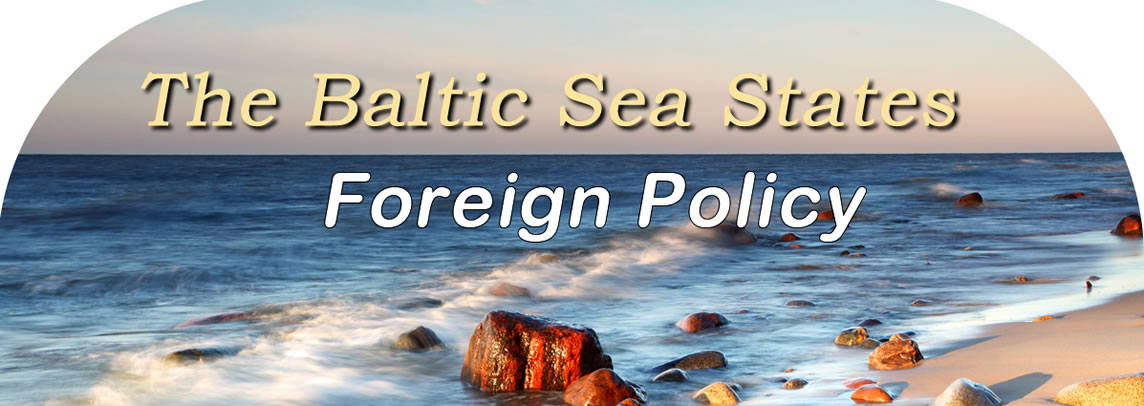 Foreign Policies Of The Baltic States Eight countries border the Baltic Sea, the body of water that separates the Scandinavian Peninsula from the northern European mainland. Those countries are Finland, Norway, Sweden, Russia, Poland, Estonia, Latvia and Lithuania. The last three of those countries are known as the Baltic States, and until 20 years ago, their history has been dominated by the foreign policies of powerful neighbors seeking to annex them or dominate them politically and economically. Lithuania Lithuania was an independent
state throughout much of its history. By the beginning of the 15th
century, the Duchy of Lithuania was one of the largest countries in
all of Europe, containing much of the territory presently allocated
to Belarus and Ukraine, as well as parts of Poland and Russia.
Lithuania lost its sovereignty, first to Sweden in the mid-17th
century, and then to Russia in the early part of the 18th century.
Thereafter, except for a brief period of independence between the
two great World Wars, Russia dominated Lithuania until the closing
years of the 20th century. Estonia Estonia is culturally and
ethnographically distinct from Lithuania and Latvia. Estonia's
citizens consider themselves Nordic rather than Baltic, and they
speak a language that's more closely related to Finnish than it is
to the language of their Latvian and Lithuanian neighbors. Latvia In the Middle Ages, Latvia and
the southernmost portions of Estonia were known as Livonia, a
crusader state that was subjugated German rule. In the middle of the
16th century, however, Livonia came under the joint domain of Poland
and the Duchy of Lithuania. Like Lithuania and Estonia, its Baltic
neighbors, Latvia subsequently came under first Swedish and then
Russian control, but achieved independent statehood for a brief time
during the period between the two great World Wars. © Baltic21.org 2013, All Rights Reserved |
